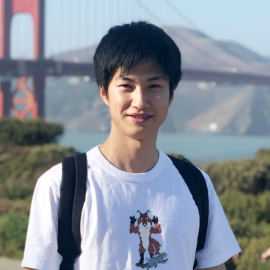Virtual fMRI brown bag: November 2, 2022
Spatiotemporal population receptive field model in human visual cortex
Abstract: Visual cortex process stimulus information over space and time. Conventional population receptive field (pRF) methods (Dumoulin & Wandell, 2008; Kay, Winawer, Mezer, & Wandell, 2013) successfully estimate spatial receptive fields in visual cortex. However, characteristics of temporal receptive fields at the voxel-level have not been determined. Here, we developed a compressive spatiotemporal (CST) pRF model that simultaneously estimates spatial (visual degrees) and temporal (milliseconds) receptive fields in each voxel of human visual cortex. To test computational validity and reproducibility, we developed a simulation software that simulates BOLD timeseries and systematically tests the performance of spatiotemporal pRF models. Simulations revealed that ground-truth spatiotemporal pRF parameters are accurately recovered from simulated BOLD imeseries. Using fMRI, we found that (i) the CST model better predicts BOLD responses than the conventional pRF model in all tested visual areas. (ii) temporal windows are larger in central than peripheral eccentricities in all areas. (iii) Ascending the hierarchy of the ventral stream, temporal receptive field sizes and the contribution of transient responses progressively increases. Together these results open an exciting new computational and empirical framework to model fine-grained spatiotemporal dynamics of neural responses in the human brain using fMRI.

